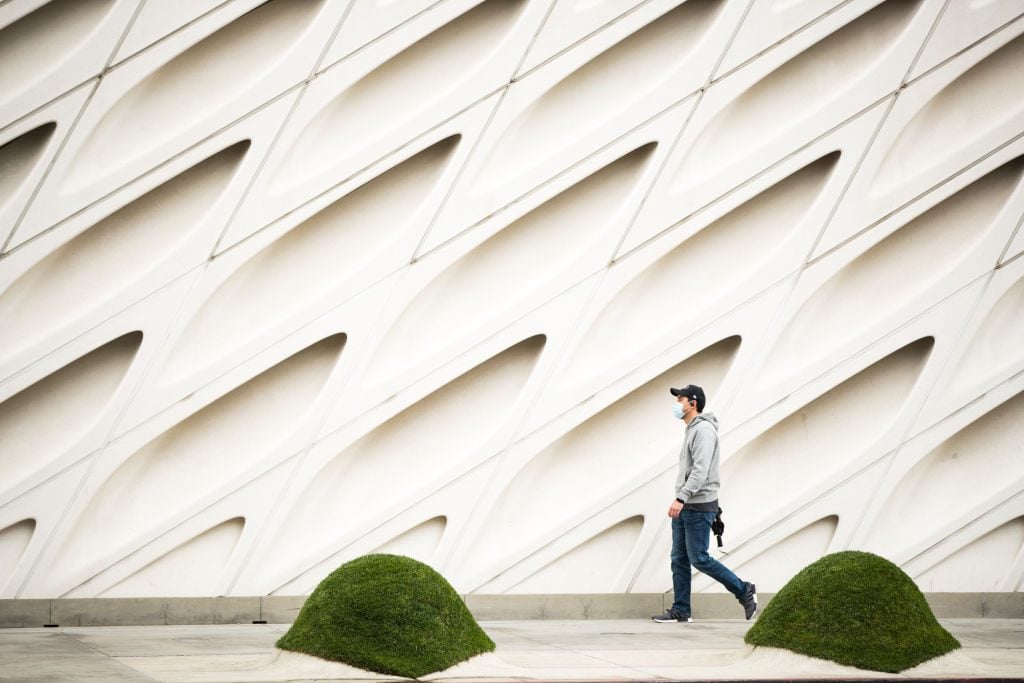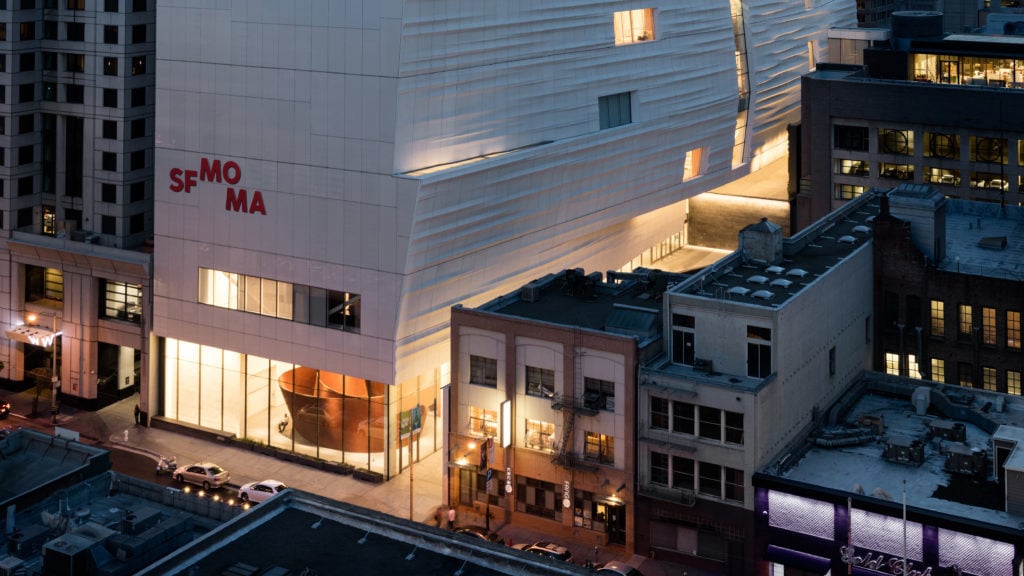Law & Politics
California Arts Professionals Are Teaming Up With Local Mayors to Lobby for Eased Restrictions on Museums
The state's restrictions on museums are among the most stringent in the country—and local lawmakers aren't pleased.

The state's restrictions on museums are among the most stringent in the country—and local lawmakers aren't pleased.

Taylor Dafoe

Museums across California are pushing back against the state’s lockdown restrictions, which are among the most stringent in the United States.
Currently, only institutions located in California counties with declining COVID-19 cases are allowed to open their doors to the public. The state’s complicated, tiered reopening plan applies the same restrictions to museums as it does to movie theaters and churches, allowing them to reopen at 25 to 50 percent capacity, depending on the number of positive tests. Venues in high-risk areas aren’t able to reopen at all.
Now, museum advocacy groups and city officials are lobbying for the state to treat art institutions the way it does shopping malls and other retail centers, which are allowed to operate at a 25 percent higher capacity per tier.
“We’d like all California museums to have the option to reopen if they can do so safely, especially when shopping malls, galleries, and other such environments are open with fewer restrictions and larger capacity limitations,” Celeste DeWald, executive director of the California Association of Museums, tells Artnet News.
Since July, when California Governor Gavin Newsom announced his “Blueprint for a Safer Economy” reopening plan, DeWald has penned numerous letters to state officials urging them to reconsider their treatment of museums. But the state has stood firm, arguing that museums attract visitors from outside counties and states that spend a lengthy amount of time on site.

The entrance to SFMOMA. Image courtesy SFMOMA.
“Respectfully, we disagree with [California Department of Health’s] assumption that museums largely attract visitors from outside their region,” DeWald says, “particularly now when tourism from outside California and the country is depressed due to the pandemic. Half of California’s museums are small, have annual operating budgets less than $500,000, and are primarily focused on serving patrons in their local community.”
Last month, the mayors of Los Angeles, Riverside, Santa Ana, and San Diego sent a joint letter to Governor Newsom urging him to “align the classification of museums in the state’s current tiered color-coded classification system with the restrictions placed on retail and indoor malls.”
“Art museums are among our cities’ and state’s most powerful assets: California’s economy is known worldwide as a creative economy,” the letter read.
The president of the American Alliance of Museums (AAM) has joined the chorus as well. The stakes are high: According to a survey the organization released in July, one-third of all museums in the country may be in danger of closing permanently.
“Museums are critical assets in providing psychological respite from social isolation and other impacts of the pandemic,” AAM’s Laura Lott said in a statement to Artnet News. “They serve as places for healing, reflection, and envisioning a brighter future. Museums are witnessing unprecedented losses in revenue and are being forced to make substantial cuts to their budgets which not only impact the museums and their staffs, but also our education system, our cultural heritage, and our economy.”